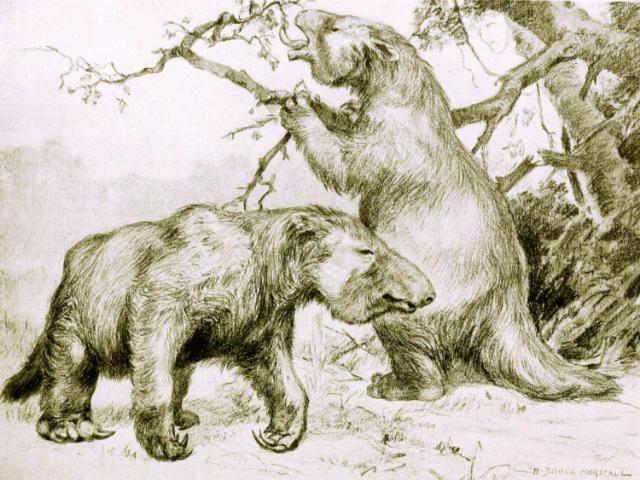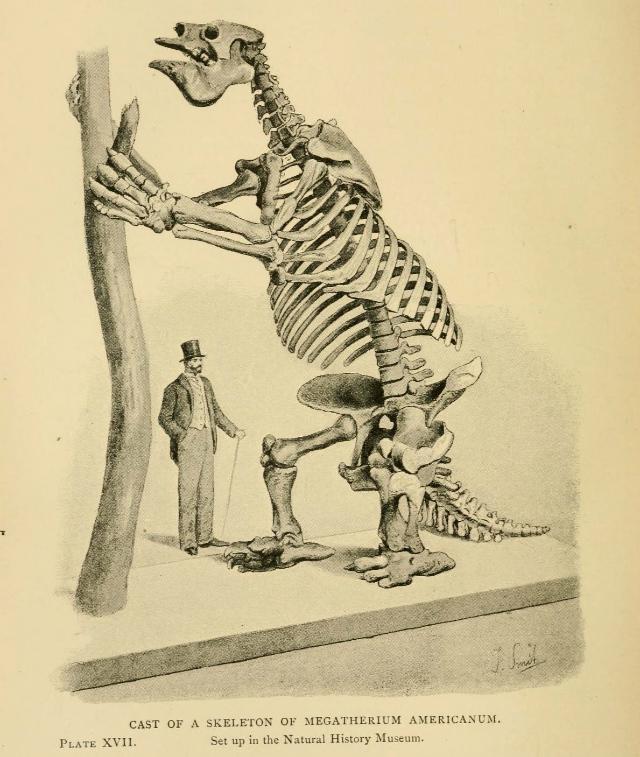Ancient giant sloths were vegetarians
Prehistoric giant animals can be pretty intimidating, especially those with mouths large enough to swallow a human whole. Not all ancient species, however, were voracious meat eaters. Case in point: the long-extinct relative of the cuddly, modern-day sloth ate nothing but plants.
Today’s sloths are known for their lackadaisical lifestyle, chillin’ on trees and spending their entire lives moving in slow motion. As for those wicked-looking curved claws of theirs? The creatures mostly use them to hang from or swing between branches.
The sloth’s ancient ancestor, the giant sloth, has been shrouded in mystery for a long time. Thanks to excellent fossils, however, scientists have been able to gather an abundance of information about the prehistoric species.

For starters, the giant sloths lived during the Ice Age, in what is now North and South America.
“The extinct relatives of the sloths lived up to 10,000 years ago, for example the species Megatherium,” said the study’s lead author, Professor Hervé Bocherens, a biogeologist from Germany’s University of Tübingen and the Senckenberg Center for Human Evolution and Palaeoenvironment.
The giant sloths were also freakin’ huge.
“They could reach the size of an elephant and were much too heavy to spend a significant amount of time in the trees. Instead, they lived on the ground, where they excavated large burrows,” he said.

One detail about the giant sloths continued to elude scientists, however – the creatures’ diet.
“For many years, their dietary habits were an enigma; the long claws on their hands and feet, in particular, gave rise to various speculations.”
To unravel this secret once and for all, Bocherens and his colleagues extracted collagen from well-preserved giant sloth fossil bones. They then conducted an isotopic analysis of said collagen.
“Our measurements show that Megatherium lived on an exclusively vegetarian diet,” Prof. Bocherens said.
“In carnivores, the proportion of proteins is significantly higher than in herbivores, which primarily eat food high in carbohydrates. These differences can be documented in the isotopes.”
This data was then compared with both herbivore and fossil specimens, and with over 200 bones belonging to modern mammals whose feeding habits we’re already aware of.
“Our results show that by using this method, it is possible to reconstruct the feeding habits of animals several thousand years after their death,” said Bocherens.
“Knowledge of the sloths’ feeding habits is important in order to understand their role in past ecosystems.”
He added: “Moreover, the results can help us understand the interactions between Megatherium and the first human inhabitants of America – their habitats overlapped for several thousand years, before the giant sloths became extinct.”
The researchers’ report can be found in the journal Gondwana Research. — TJD, GMA News



